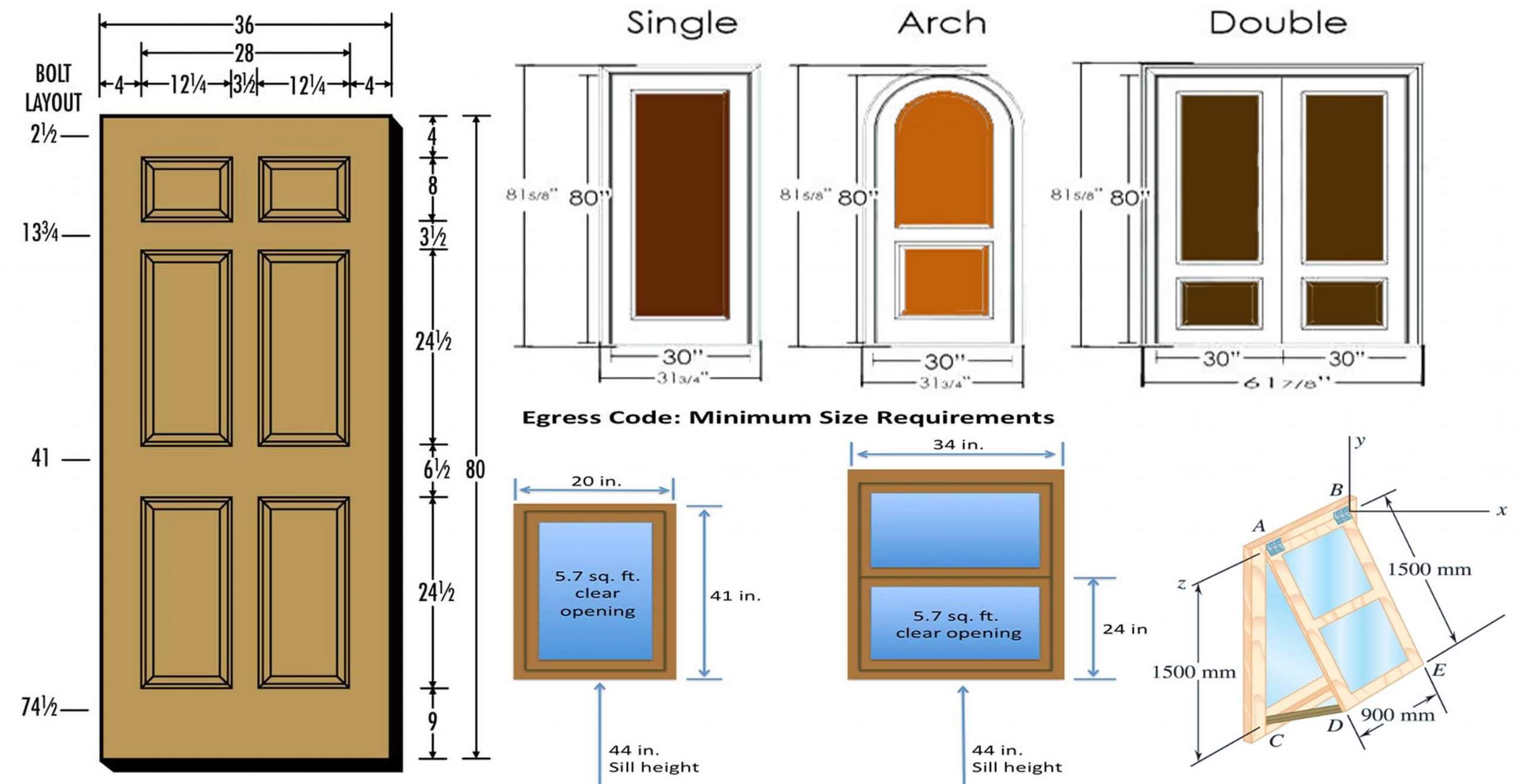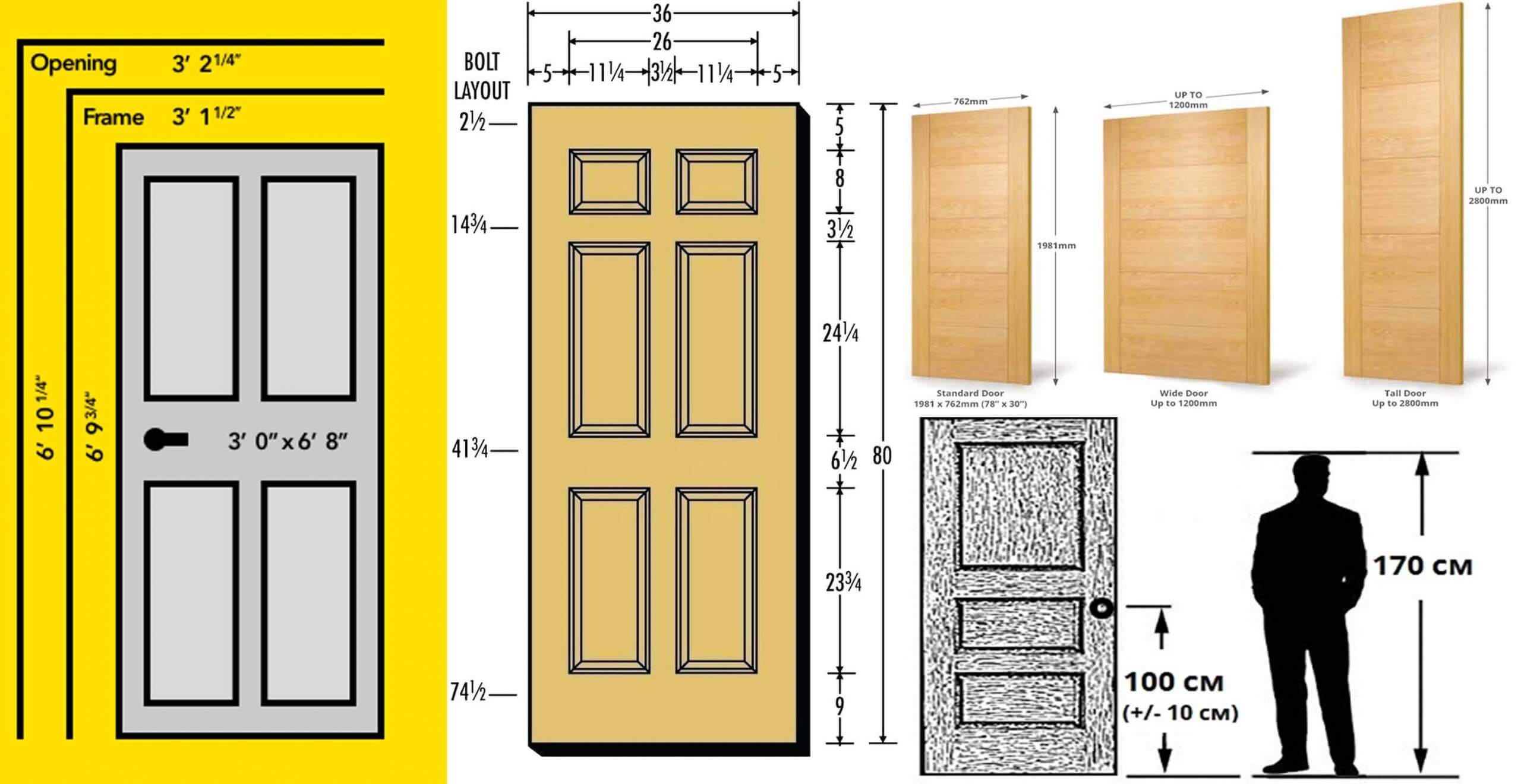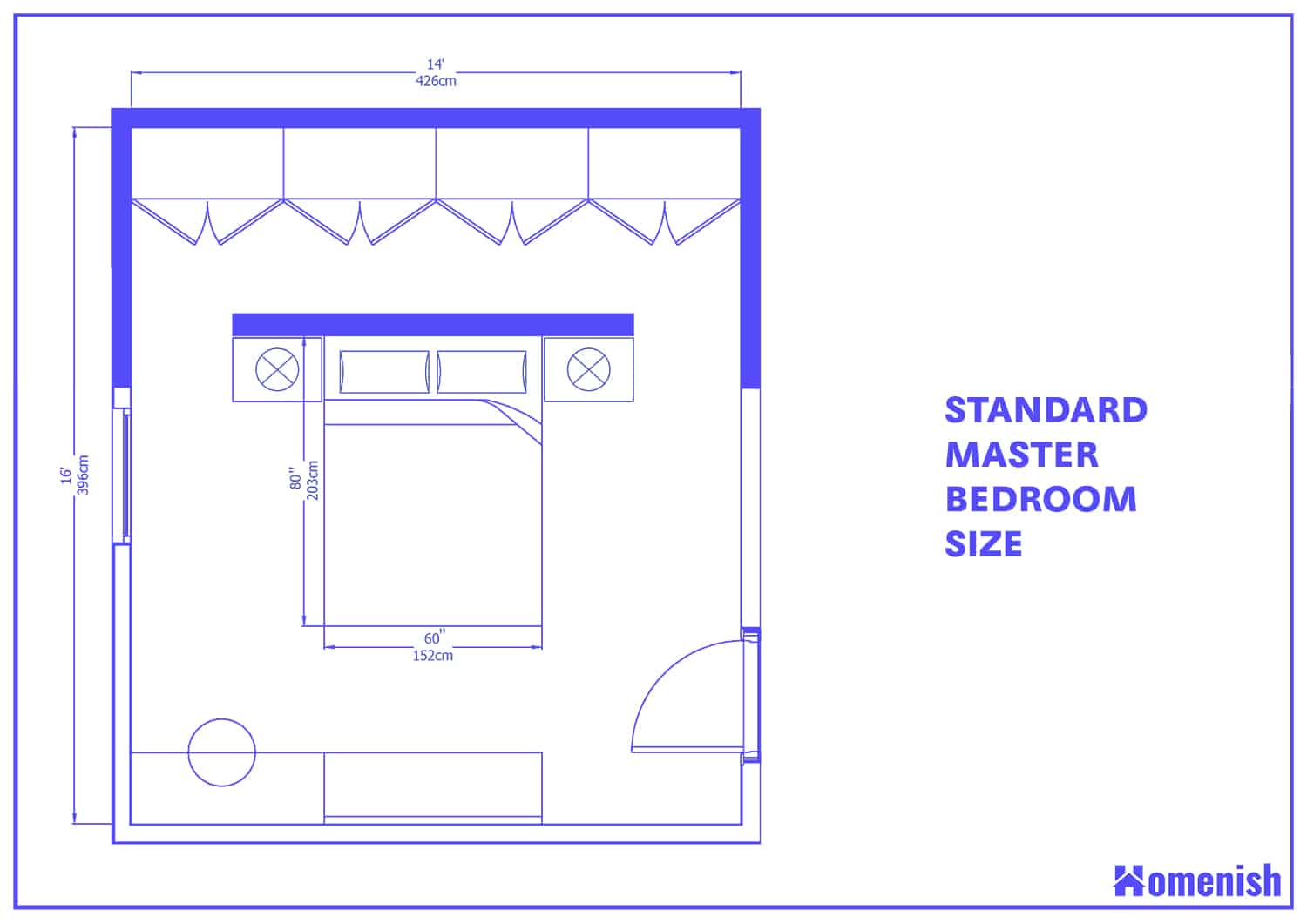Standard Bedroom Door Dimensions: How Wide Is A Typical Bedroom Door

A standard bedroom door is typically designed to fit a specific size, ensuring it seamlessly integrates with the overall design of the house. While some variations may exist based on factors like the age of the house or personal preferences, understanding the typical dimensions is crucial for any home renovation or construction project.
Common Bedroom Door Widths
The most common width for a standard single bedroom door in the United States is 32 inches (81 centimeters). This width provides sufficient space for comfortable passage and accommodates most furniture.
Variations in Door Widths
- Single doors: Single bedroom doors, as discussed earlier, typically measure 32 inches in width. This is a standard size that offers a balance between functionality and space efficiency.
- Double doors: Double bedroom doors are often used for larger bedrooms or to create a grand entrance. These doors usually have a combined width of 64 inches (163 centimeters), with each door measuring 32 inches.
- French doors: French doors are known for their elegant design and often feature glass panels. They typically have a combined width of 60 inches (152 centimeters), with each door measuring 30 inches.
Door Widths in Different Countries or Regions
- United Kingdom: In the UK, standard bedroom doors typically measure 27.5 inches (70 centimeters) in width. This slightly smaller size is common in older homes and reflects the typical dimensions of UK houses.
- Australia: In Australia, the standard bedroom door width is 32 inches (81 centimeters), aligning with the US standard. This reflects the influence of American architectural styles and building practices in Australia.
- Europe: European countries often have a wider range of door sizes, depending on the region and the specific architectural style. However, 32 inches (81 centimeters) remains a common width for single bedroom doors in many parts of Europe.
Factors Influencing Bedroom Door Width

The width of a bedroom door is not just a matter of aesthetics; it significantly impacts functionality, accessibility, and overall convenience. Several factors influence the ideal width for your bedroom door, ensuring it’s not only visually appealing but also practical for your specific needs.
Room Size and Door Width
The size of your bedroom plays a crucial role in determining the appropriate door width. Larger bedrooms generally accommodate wider doors, allowing for easier furniture movement and a more spacious feel. Conversely, smaller bedrooms might benefit from narrower doors to maximize floor space and create a sense of intimacy.
- For instance, a spacious master bedroom with ample furniture might require a door width of 36 inches or more, providing ample space for moving large items like beds or dressers.
- In contrast, a small guest room or a child’s bedroom could comfortably accommodate a narrower door of 30 inches, maintaining a balanced proportion without compromising functionality.
Furniture Size and Movement
The size and configuration of furniture within your bedroom significantly influence the required door width. Large beds, bulky dressers, or expansive wardrobes necessitate a wider door to allow for easy movement and prevent obstruction.
- If you plan to have a king-size bed or a large armoire, a wider door of at least 36 inches is recommended, ensuring you can easily move the furniture in and out of the room.
- On the other hand, a smaller bedroom with a twin bed and a compact dresser might suffice with a narrower door of 32 inches.
Accessibility and Wheelchair Access
Accessibility considerations, especially for individuals with mobility challenges, are paramount when determining bedroom door width. Wheelchair accessibility guidelines recommend a minimum door width of 32 inches for smooth and safe passage.
- For optimal wheelchair accessibility, a door width of 36 inches is preferred, allowing ample space for maneuvering and turning within the doorway.
- It’s also crucial to consider the door’s swing direction and ensure sufficient clearance for wheelchair users to enter and exit the room without obstruction.
Choosing the Right Bedroom Door Width

Selecting the right bedroom door width is crucial for both aesthetics and functionality. A door that is too narrow can be inconvenient, while one that is too wide might create an awkward visual balance and take up valuable space. This section will guide you through the process of choosing the perfect width for your bedroom door.
Bedroom Door Width Comparison
The ideal bedroom door width depends on various factors, including the size of the room, the style of the door, and personal preferences. Here’s a comparison of different door widths for various bedroom sizes:
| Bedroom Size | Door Width | Pros | Cons | Small (under 100 sq ft) | 2'6" (76 cm) | – Saves space <br> – Cost-effective | – Can feel cramped <br> – May be difficult for large furniture | Medium (100-200 sq ft) | 3'0" (91 cm) | – Provides a balance of space and cost | – May be too wide for some small bedrooms | Large (over 200 sq ft) | 3'6" (107 cm) | – Offers ample space for furniture movement <br> – Creates a grander entrance | – More expensive | Master Bedroom | 3'6" (107 cm) | – Ideal for large furniture and comfortable movement | – May be wider than standard door size, increasing costs |
|---|
Determining the Appropriate Door Width, How wide is a typical bedroom door
The following flowchart Artikels the steps involved in determining the appropriate door width for a bedroom:
1. Measure the bedroom size. Determine the length and width of the bedroom to assess its overall size.
2. Consider the size of furniture. Evaluate the dimensions of the largest furniture pieces you intend to move through the doorway.
3. Evaluate the style of the door. Decide on the desired door style, as different styles may have different standard widths.
4. Assess your budget. Wider doors typically cost more, so consider your budget constraints.
5. Factor in functionality. Consider the frequency of furniture movement and the ease of access required for the bedroom.
Factors to Consider When Selecting a Door Width
Several factors can influence your choice of bedroom door width:
– Style: Different door styles have varying standard widths. For example, French doors typically have wider widths than traditional single doors.
– Budget: Wider doors often come at a higher cost due to the increased materials and labor involved.
– Functionality: Consider the ease of movement for large furniture, the frequency of traffic through the doorway, and the overall flow of the room.
– Accessibility: Ensure the door width meets accessibility standards if required.
– Aesthetics: The width of the door can significantly impact the visual balance and flow of the room.
– Existing doorframe: The width of the existing doorframe can limit the maximum width of the new door.
How wide is a typical bedroom door – The standard width of a bedroom door is typically 32 inches, though variations can occur depending on the age and style of the house. This consideration is particularly relevant when designing a themed bedroom, such as a girls Star Wars bedroom , where larger furniture pieces may be desired.
Therefore, ensuring adequate door width is essential for both functionality and aesthetic appeal in any bedroom design.
The standard width of a typical bedroom door is 30 inches, providing sufficient space for entry and exit. However, when considering French doors for a bedroom, one must address the issue of privacy, as they offer a more open and airy aesthetic.
For guidance on balancing style and security with French doors in a bedroom, refer to this article on french doors bedroom privacy. Ultimately, the decision of door width and style hinges on individual preferences and the specific needs of the space.
